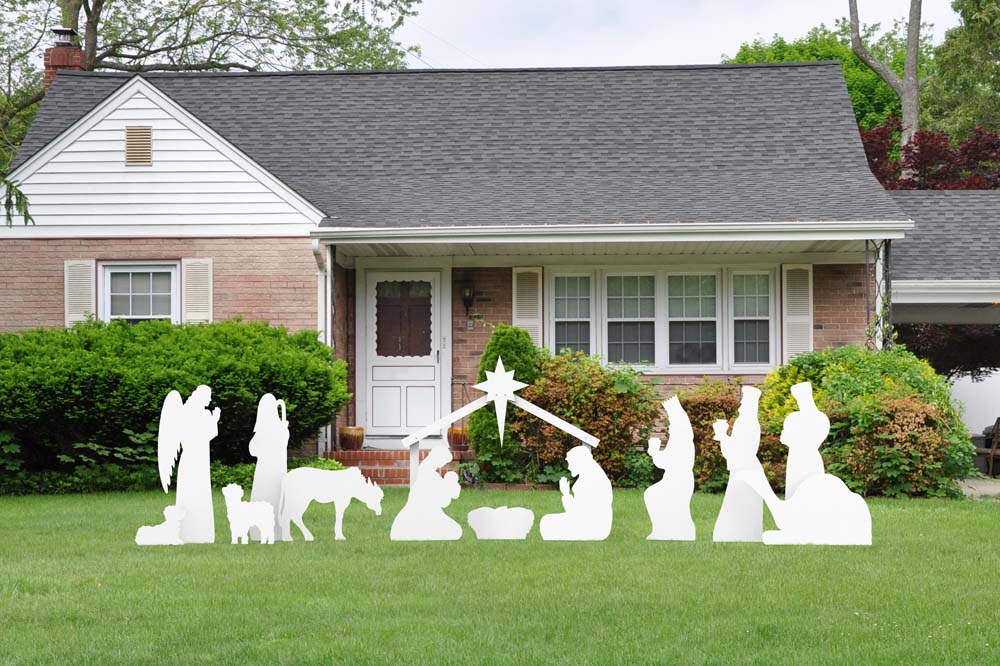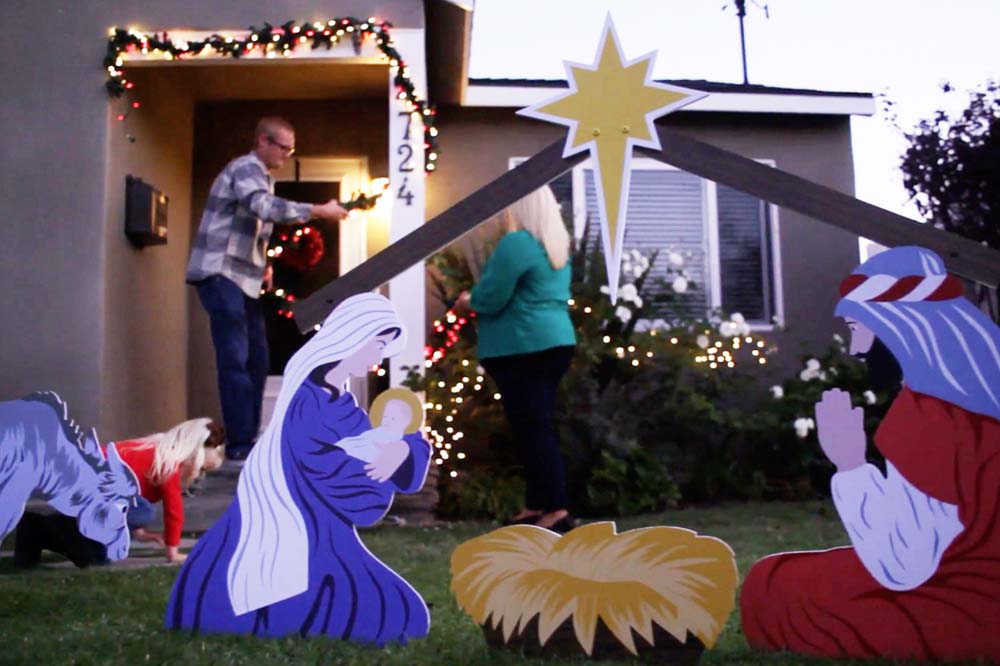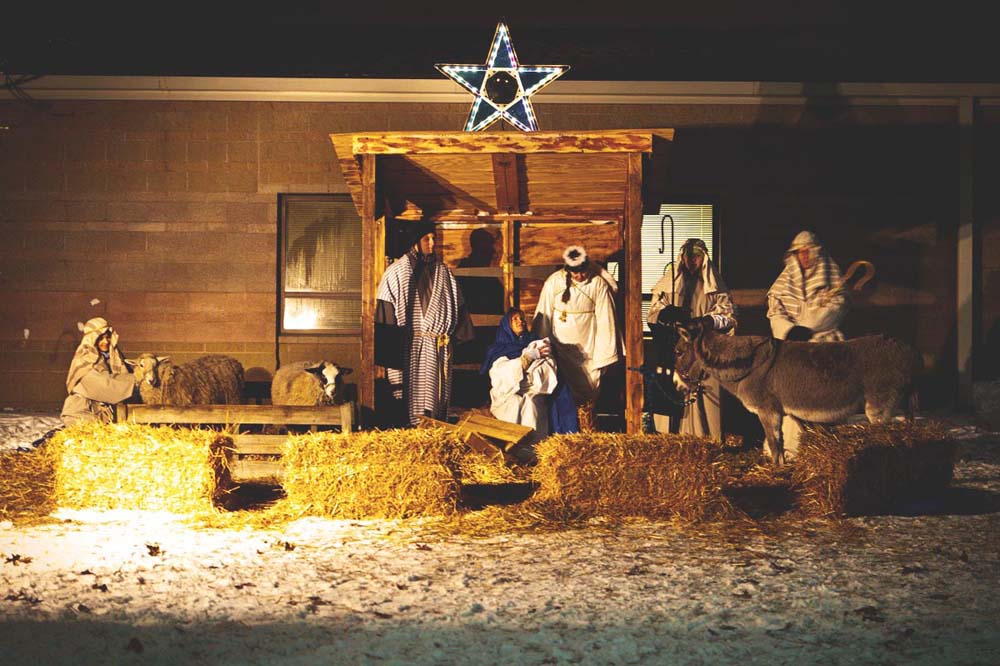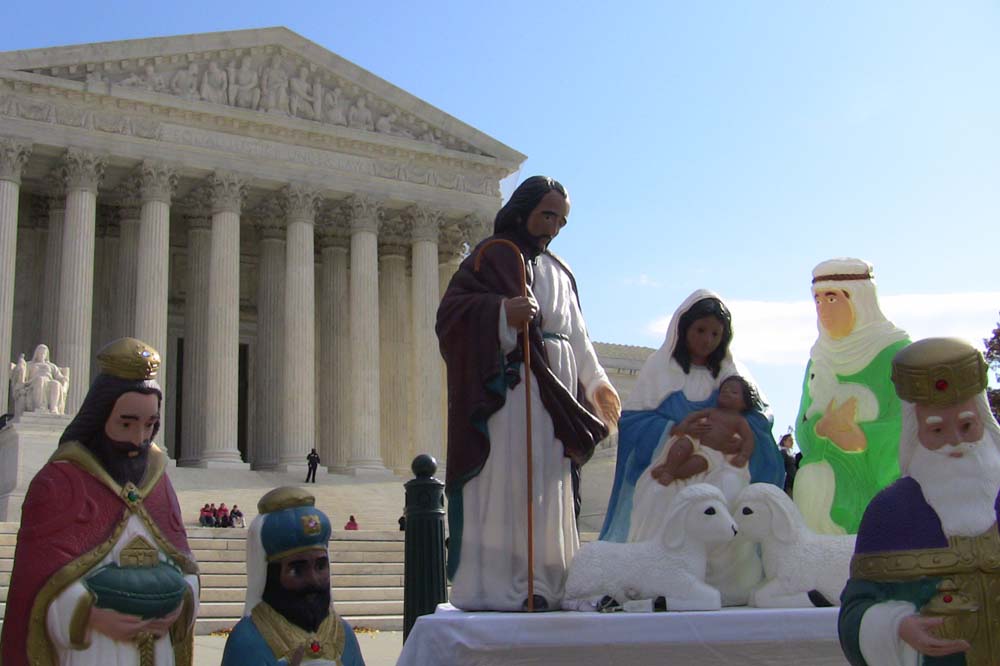How Nativity Scenes Reflect Local Cultures
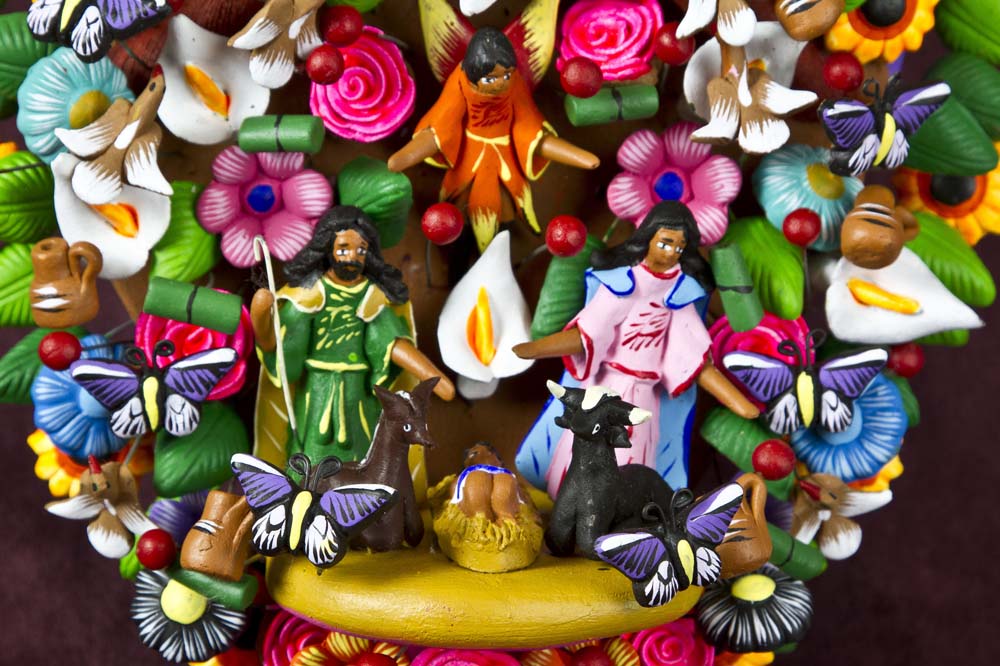
In a moving testimony to the power of faith and to the promise of Christmas, nativity scenes are a holiday tradition all over the world. While their basic elements – the Holy Family, animals, shepherds, and the Magi – are similar, their designs and materials vary dramatically. In fact, nativity sets can even be collectible pieces of folk art because of the way they reflect the culture in which they are produced and displayed.
“Wherever one finds Christians, one is likely to find locally-made crèches,” writes Matthew Powell in his book, The Christmas Crèche. “Artists use every possible medium: stone, plaster, wood, lead, porcelain, plastic, tin, glass, and state-of-the art polymer resin. There are Nativity figures made from papier Mache, stiffened fabric, straw, wax, corn husks, cardboard, and hardened and painted bread dough.”
In European countries, especially France and Italy, nativity scenes follow a folk art tradition. These nativities not only represent aspects of the Biblical setting of Jesus’ birth but they also show the trades, clothing, and traditions of a particular time and place in that country. Sydne Yanko-Jongbloed, the president of the non-profit group Friends of the Crèche, began her crèche collection after she discovered Santons, handmade, hand painted terracotta Nativity figures, on a trip to France. “I love the story behind them,” she says. “The characters are all taken from 17th and 18th century locals. I like all the details – they have a particular way of wearing a shawl or an apron.”
The Santons she purchased when she was a junior in college started Yanko-Jongbloed’s growing collection of crèches that represents her travels. “I like the way [nativity sets] express the country or state where they were made,” she explains. The artists use local materials and local figures. They create their own artistic representation.”
Italy is the world’s largest manufacturer of nativity figures, and a narrow street in Naples, Via San Gregorio Armenio, houses an incredible array of Nativity artists.
Collectors often purchase a new figure there for their crèches each year. Characters include traditional shopkeepers, musicians, artists, famous historical people, and even contemporary politicians and celebrities.
“There is never an end to the amount of presepi (nativity figures) they create,” Powell writes, “since the artists are always creating new figures.”
Artists from many other regions add their own local flair to the creation of the nativity sets. Crèche figures in the Middle East, for instance, are made of the smooth wood of the olive tree. Latin American artists create boldly colorful wooden figures. Native American cultures create unique works of art with terra cotta and wood.
“The striking thing about crèches is that they reflect both a common faith and the unique culture of the people who created them,” notes Powell. As an example, Powell says that Cochiti Indian artists create Nativity figures that look like they do and that they decorate the crèches in “warm colors that characterize the Southwest.”
Nativity figures made in China or Japan have Chinese or Japanese features. Nigerian crèches feature stables of clay and thatch and carved thorn-wood figures that look distinctively African. Even the simplest of materials can be an artist’s material for a crèche. Czech artists, for instance, have used cornhusks to create nativity scenes and figures, and Kenyan artists have used wood and dried banana leaves.
“In addition to contemporary crèches, people have come to value the Christmas cribs of the past,” Powell writes, “and to recognize them as both works of art and as records of religious and cultural heritage.”
Museums all over the world house crèche collections as unique faith-based representations of folk art. The University of Dayton in Ohio holds one of the largest collections of nativity scenes in the United States and displays them in an annual exhibition.
In a 2002 article he wrote for Wabash College’s Wabash Magazine, crèche collector Jim Govan writes, “There is beauty in the event depicted, which holds so much joy and hope for the Christian world. There is beauty in the undeniable artistic skill of those who made the nativities. There is beauty in seeing nativities made to reflect indigenous culture, reflecting how deeply the nativity story has been absorbed by different societies.”
